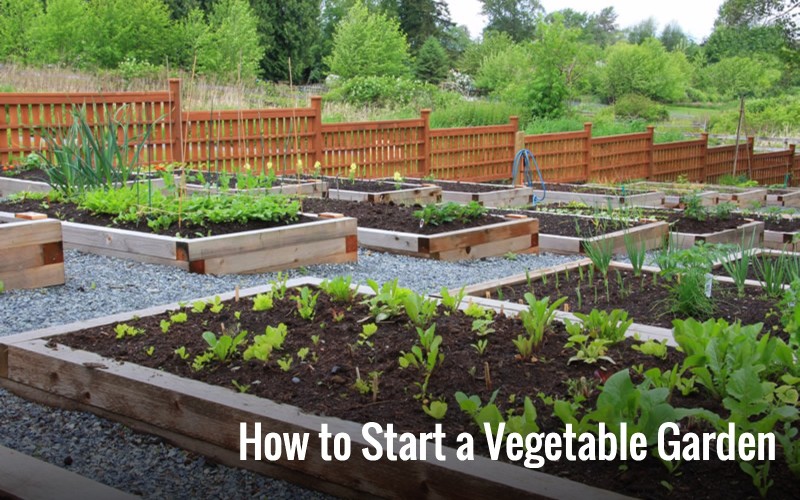First Class Info About How To Start A Fruit And Vegetable Garden

Space the rows according to the planting instructions for each vegetable.
How to start a fruit and vegetable garden. Learn how to start a vegetable garden for the first time, using very little money and no building skills. You now know the tips and tricks to planting, caring for, and harvesting your garden. It’s also deceptively difficult, because our.
For the first few weeks, while the vegetables take root, you need to keep the topsoil moist. Tomatoes thrive in the warm soil of raised beds. Food ideas how to start a vegetable garden:
Pick a spot you want to choose a spot in your backyard in which your vegetables will thrive. Deciding what to plant if you already know what you’re going to grow, you can skip this step. You can add tomato cages to support the tomato plants, as they can grow quite tall.
First, you need to know what planting zone you are in to determine what can be grown in your area and when you should start planting it. Complete beginner’s guide are you thinking about starting a vegetable garden to grow your own fresh fruit & vegetables at home? But if you haven’t yet, you’ll want to take a few factors into consideration.
Take note of the direction of the prevailing wind so you know the windiest parts of your garden. If your yard is mostly shaded, this is obviously problematic. Sow the seeds according to the packet instructions.
Using a pencil rather than a pen is important because you’ll need to erase and redraw things as the plan evolves. In early spring, grow lettuce, greens (such as arugula), peas, radishes, carrots, and broccoli. Lee miller, assistant professor & extension turfgrass pathologist.
Start with a plot no bigger than about 10' x 10' or smaller for your first attempt, or try several pots on your deck, patio, or balcony. How to start a vegetable garden fast (and on a budget!) This is the fun part of planning a vegetable garden.
Remember to choose compatible plants, plant them strategically, and water and harvest in the morning. Most vegetables need at least 6 hours of full sun a day. Use a hoe or rake to make rows for your vegetables.
Follow this step by step technique from a pro. Greens such as lettuce and spinach can tolerate partial shade. Ensure that you select a garden area in your yard that receives a minimum of.
1 find out which usda plant hardiness zone you live in. They can tell you which plants will thrive in your area and which plants will not do well in the climate of your area. 1 pick a location for your vegetable garden how much sunlight your plants are able to get during the day will determine what you can plant.


















